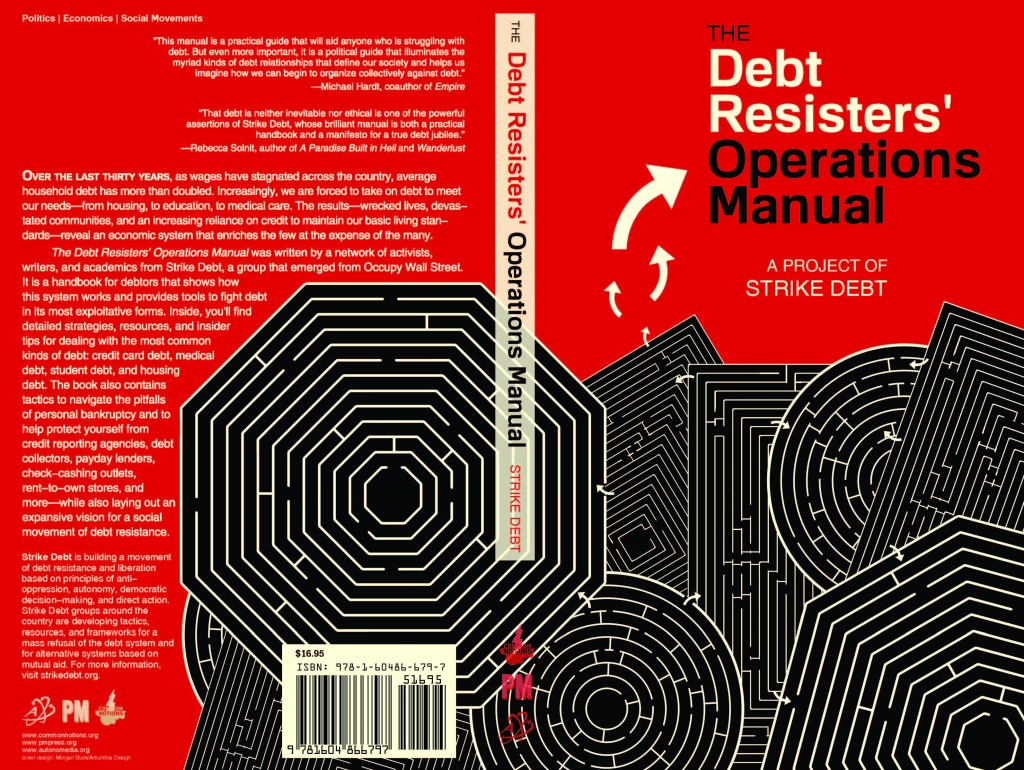
W.A.G.E. artist payment graphic
W.A.G.E. (Working Artists and the Greater Economy) talks about how nonprofit work oftentimes upholds the private sector status quo, and non-profits oftentimes recapitulate private sector financial models and interests. For example, last year, New Museum director Lisa Philips made over 600k, about 5% of the museum’s operating budget, three times more than the other top paid employee at the New Museum. What could legitimize that much of a pay gap at a nonprofit, or any nonprofit employee being paid that much money?
W.A.G.E. notes that weirdly, it’s the moral authority of social serving nonprofits like museums that increases the value of the exhibitions and economic value of art. So, at the best side of things, museums have a social function, at worst, the nonprofit is tax shelter for the wealthy. Tax law also makes it advantageous for capitalists to solve the social problems that they caused in the first place.
The fewer tax dollars collected by the government, the less amount of public goods it can fund, which in turn increases the need and amount of nonprofits. These nonprofits are not funded by philanthropists according to social need, but rather by how well suited their goals are to the philanthropist’s needs. In order to receive charity, they must prove what it does to merit funding. So why don’t art nonprofits pay artists fees? Because they reproduce the funding structure of which they work–but what fits the organizations’ needs.
The W.A.G.E. representative (Lise Soskolne) talks about the difference between charity and philanthropy; charity fixing an immediate problem while philanthropy tackles serpentine, embedded problems. She recalls the Chinese proverb that differentiates between giving someone a fish and teaching them how to fish–thereby either feeding them for one night or a lifetime. But, says W.A.G.E., we don’t need to know how to fish–we need to be fairly compensated for the work we already do. She acknowledges that we have a constituency of artists who are ambivalent about whether or not we want to be paid at all, or are ambivalent enough to not collectively structure themselves in resistance to the status quo. (I assume she’s also referring to this popular myth that’s been frequently brought up that artists shouldn’t have or need money because of this weird cultural assumption that artists should take an oath of impoverishment.)
In response to these issues, W.A.G.E. has developed a vetting system called W.A.G.E Certification. Essentially, it’s a voluntary program that issues a set of payment standards for nonprofits that work with artists and other creative professionals. Here’s the introduction from their website.
W.A.G.E. Certification is a program initiated and operated by Working Artists and the Greater Economy that publicly recognizes non-profit arts organizations demonstrating a history of, and commitment to, voluntarily paying artist fees that meet a minimum payment standard.
Its specific goal is to establish and guarantee standards of minimum compensation and organizational support for artists in the non-profit arts economy. Its broader goal is to work toward the fairer and more equitable distribution of resources in the contemporary art field and in society at large.
W.A.G.E. Certification is a voluntary program. Organizations choosing to be certified have made a commitment to operate ethically in relation to artists and wish to have this commitment acknowledged by their communities. A W.A.G.E. Certified organization signals that it stands in solidarity with artists as part of an equitable community no matter what their material practice or reputation might be.







